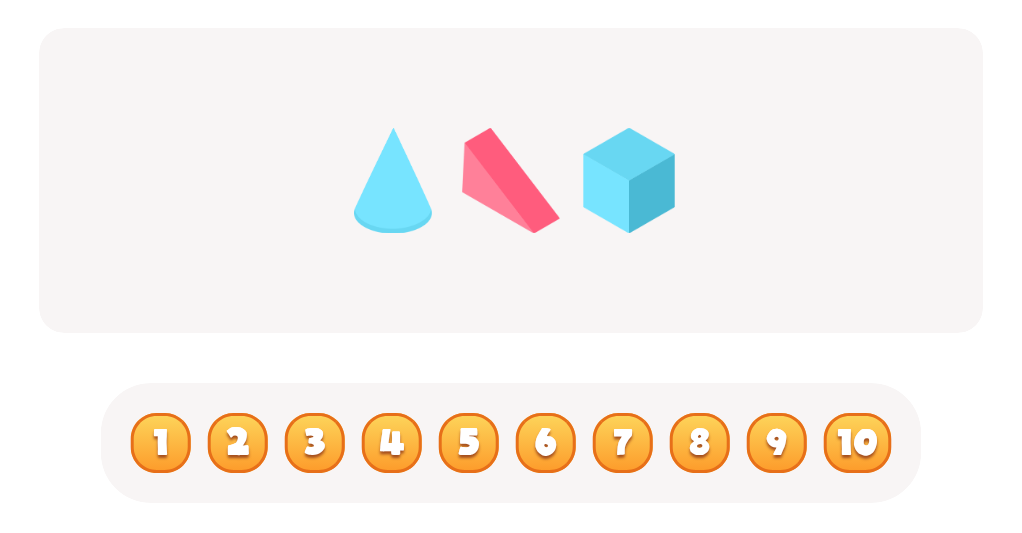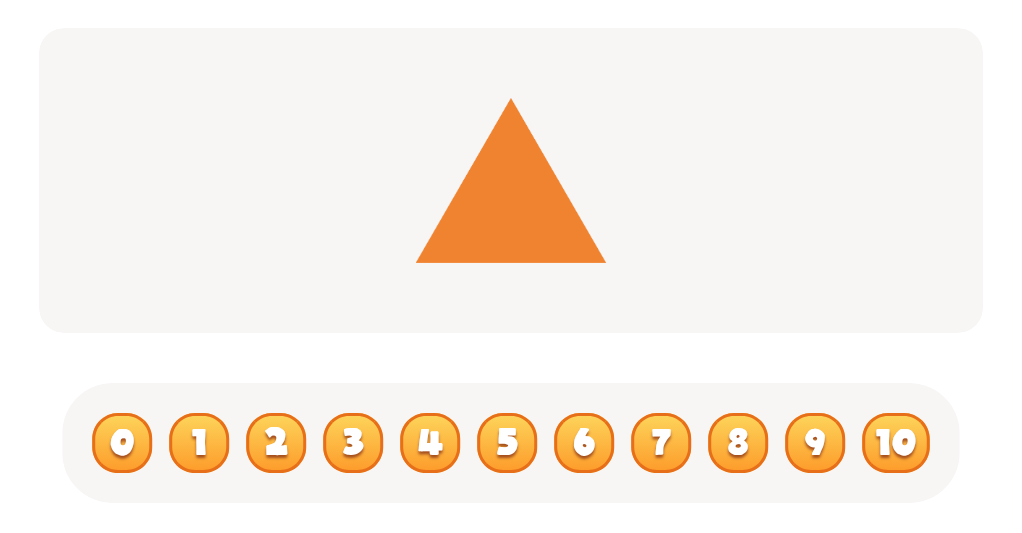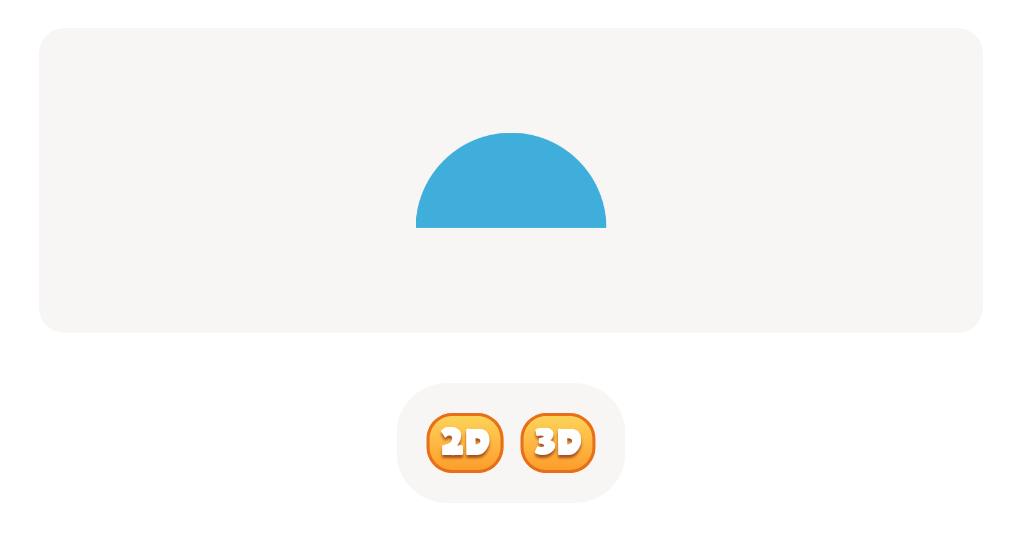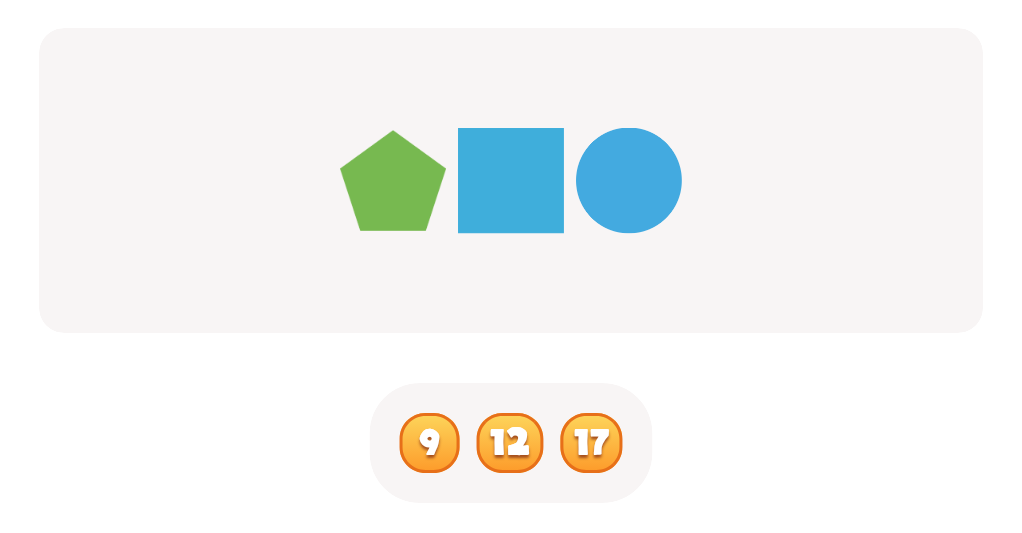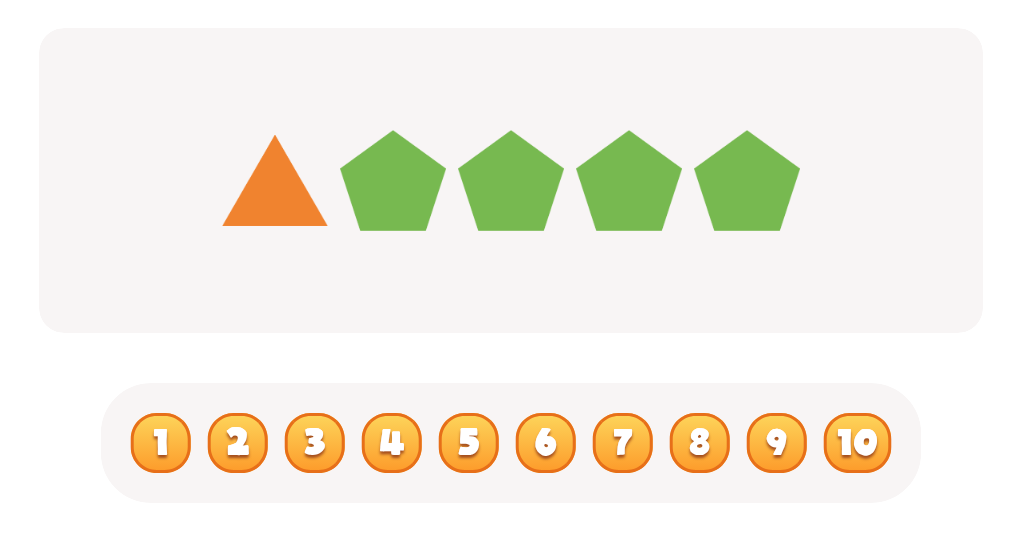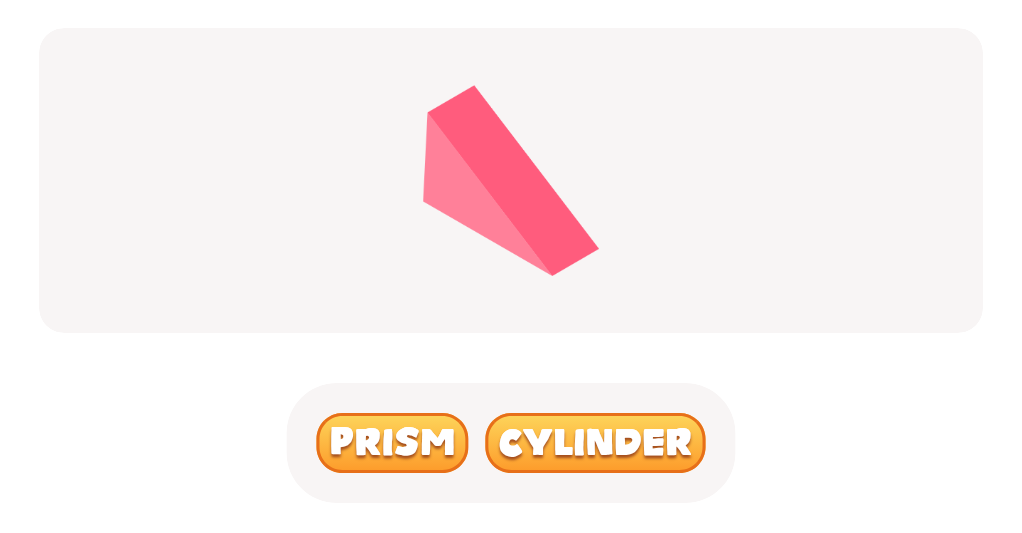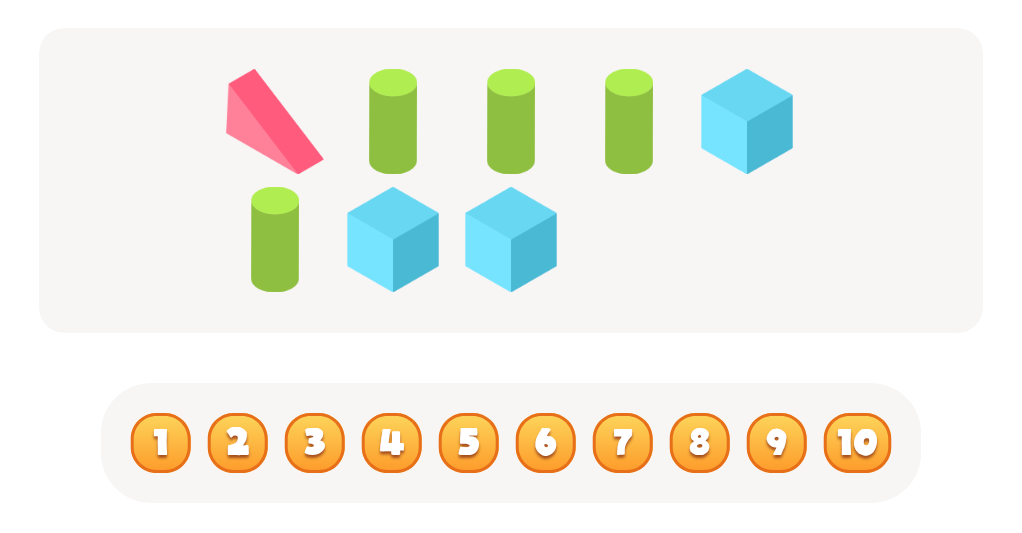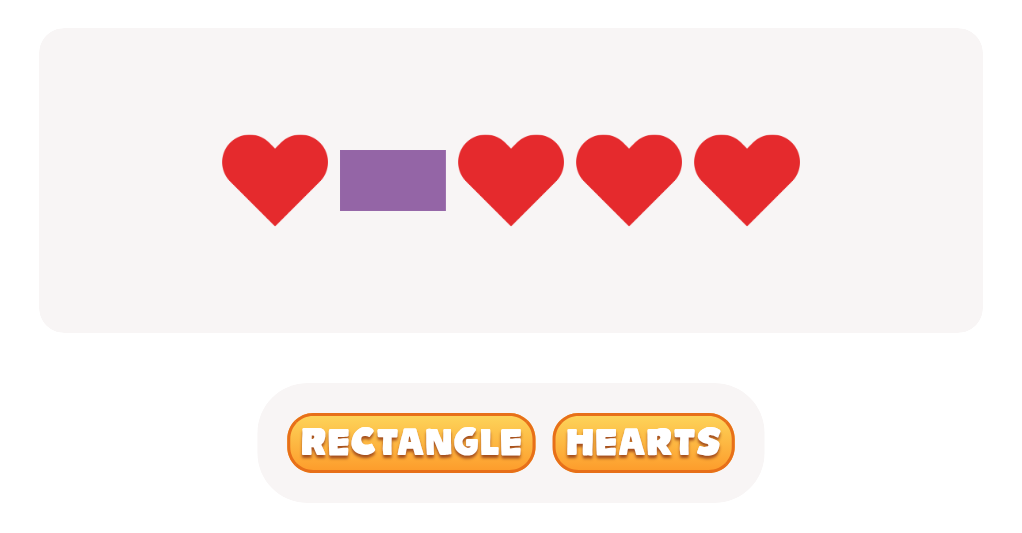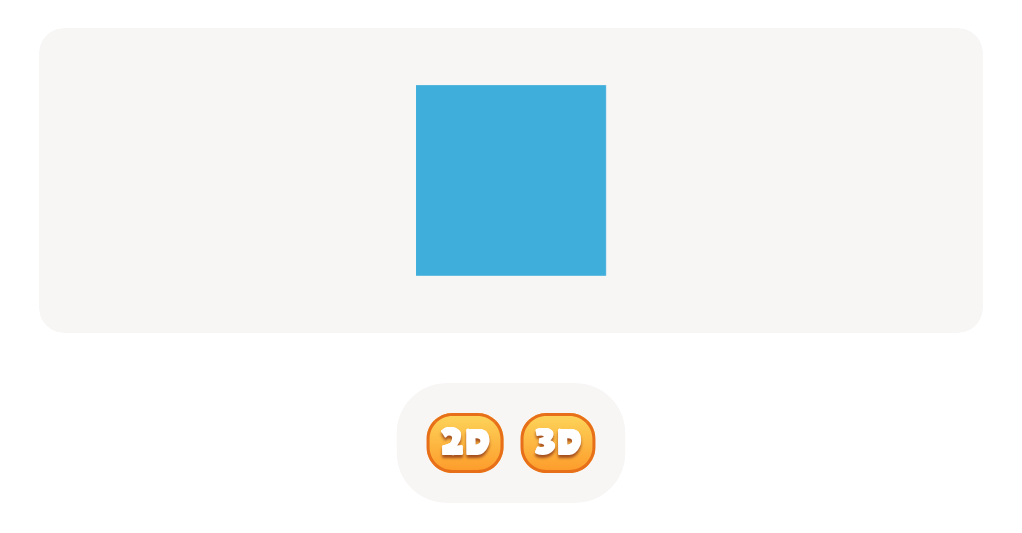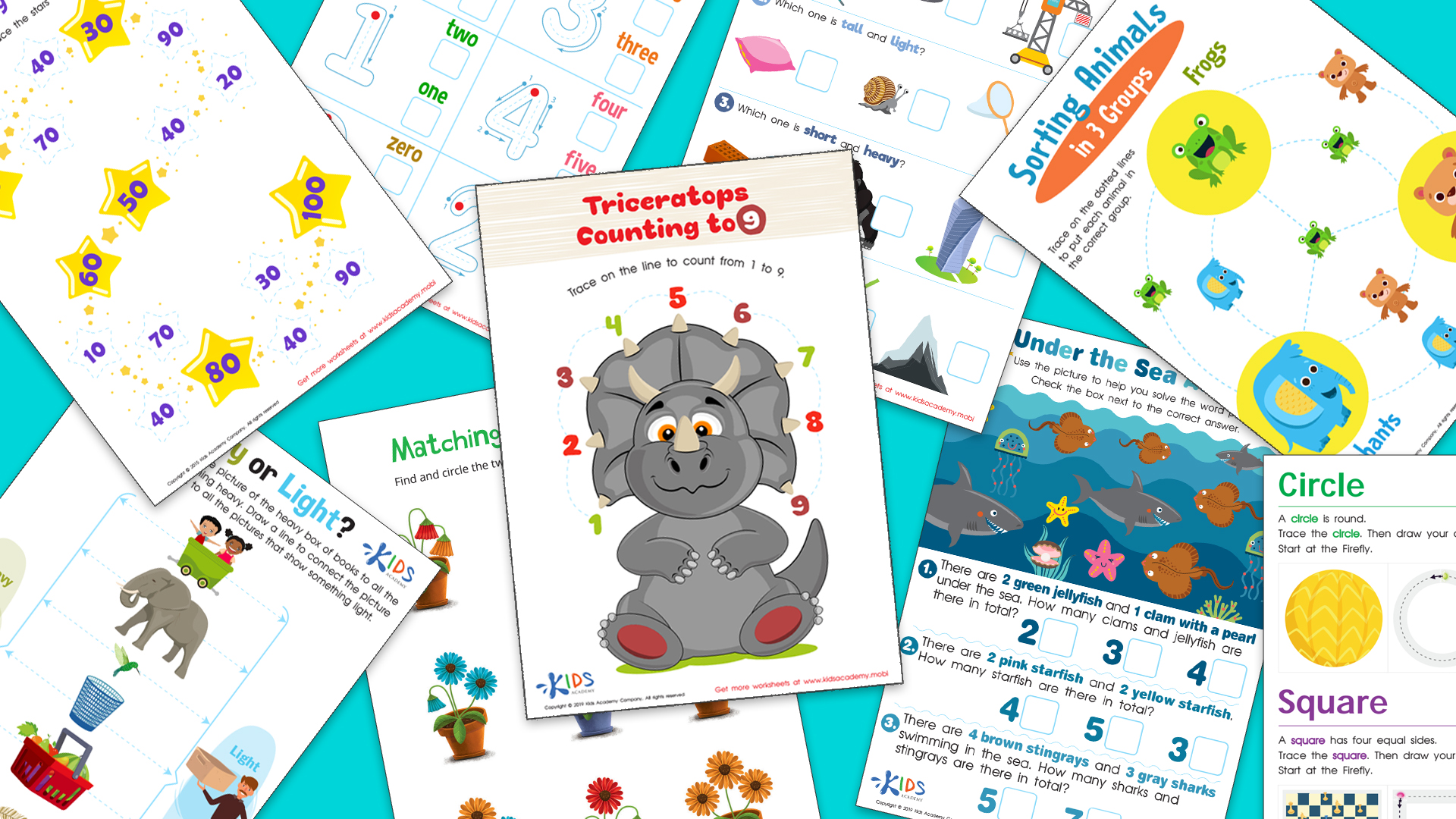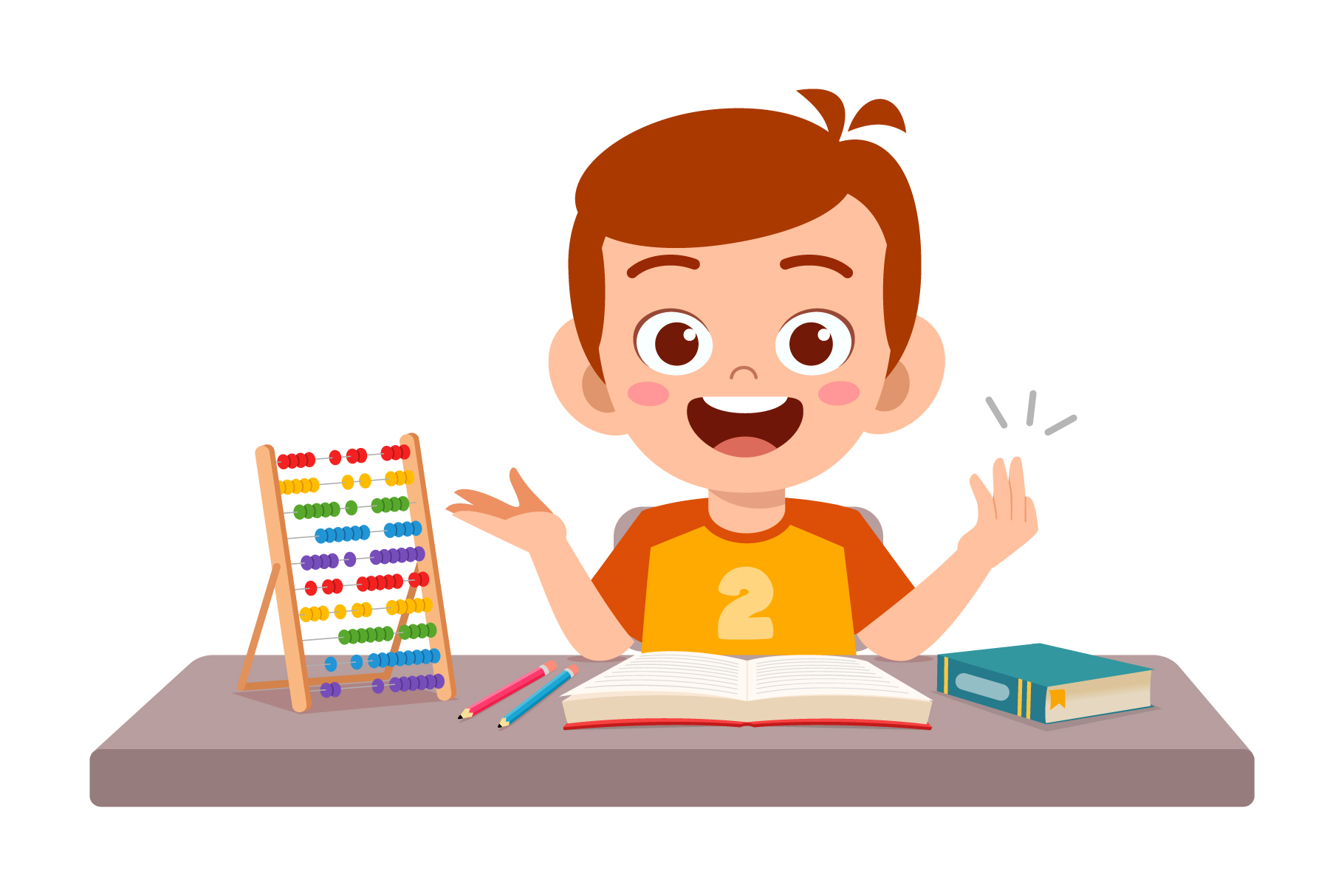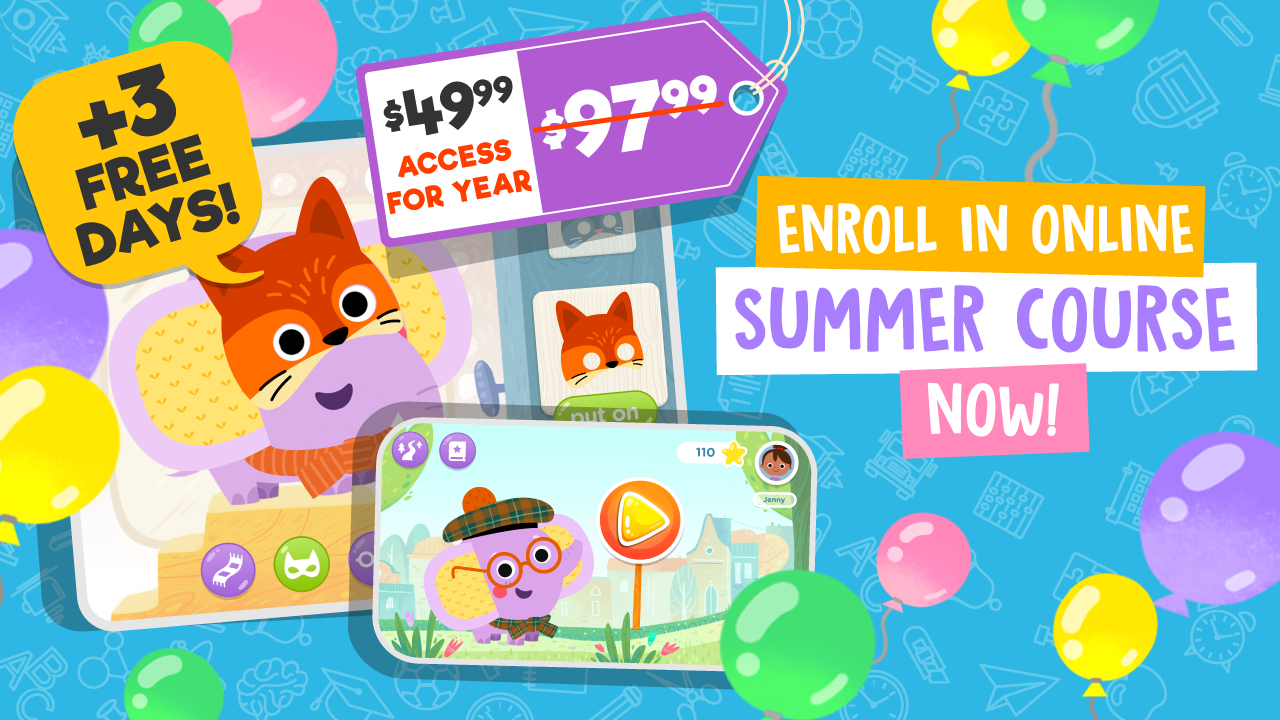Spatial reasoning Normal Geometry Worksheets for Ages 4-5
3 filtered results
-
From - To
Our Spatial Reasoning Normal Geometry Worksheets for Ages 4-5 help young learners develop essential spatial skills through engaging and interactive activities. These carefully designed printables encourage children to recognize shapes, understand their positions and relationships, and enhance problem-solving abilities. Featuring colorful illustrations and fun puzzles, our worksheets provide an excellent foundation in early geometry concepts, fostering critical thinking and visual-spatial intelligence. Perfect for both classroom and home use, these resources support confident and motivated young mathematicians as they embark on their educational journey with ease and excitement. Download now to watch your child thrive in geometry.
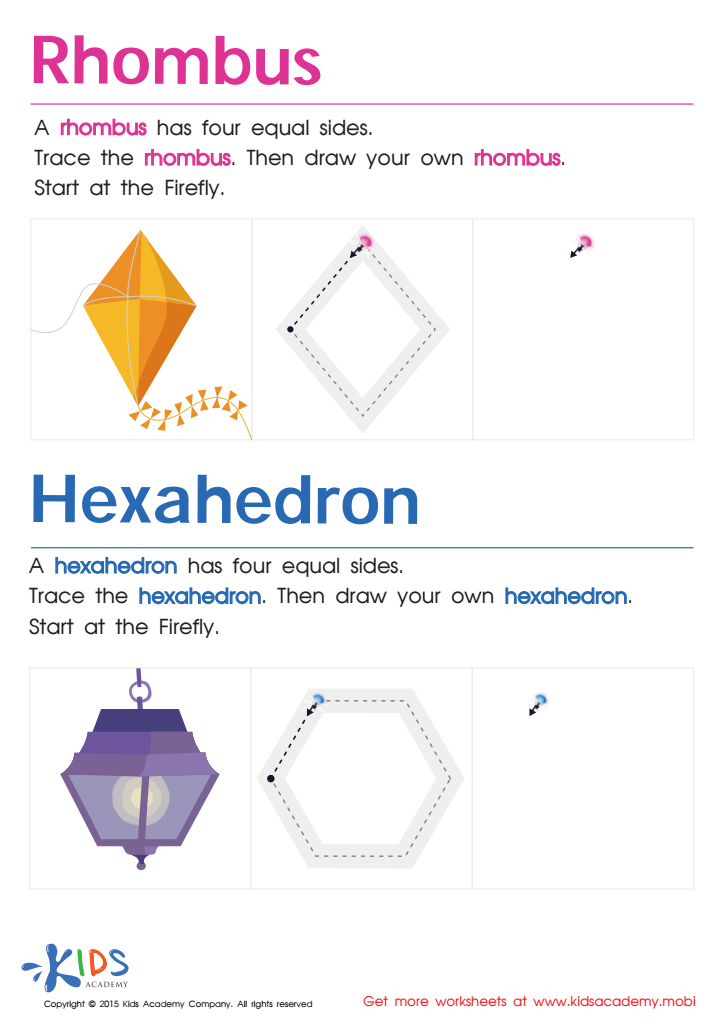

Draw a Rhombus And a Hexahedron Printable
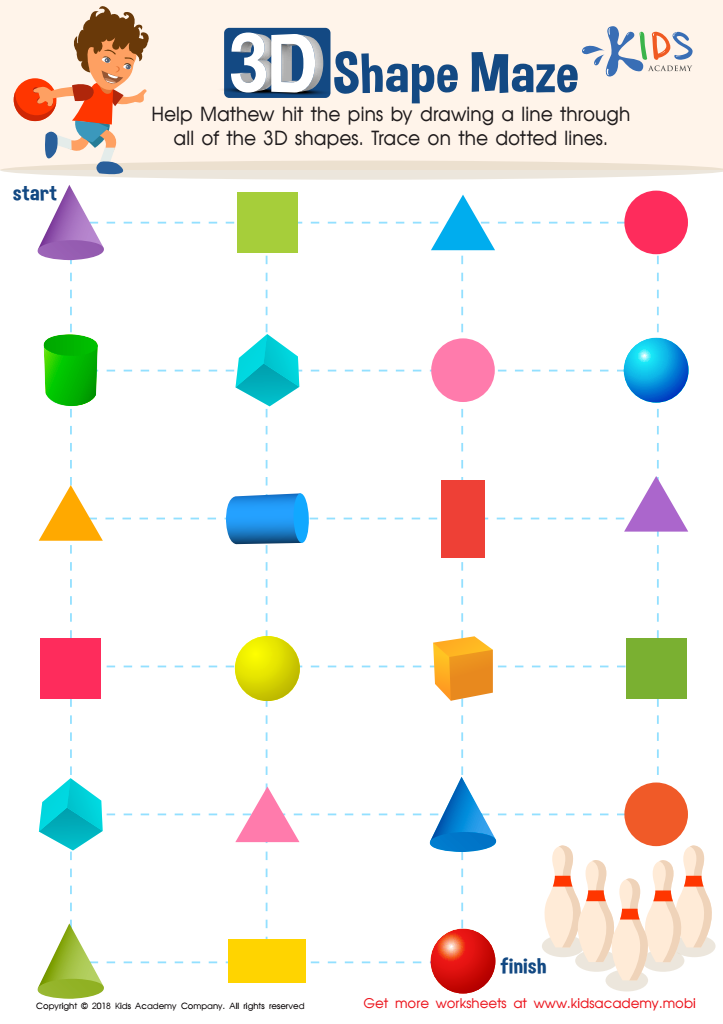

Shapes Maze Geometry Worksheet
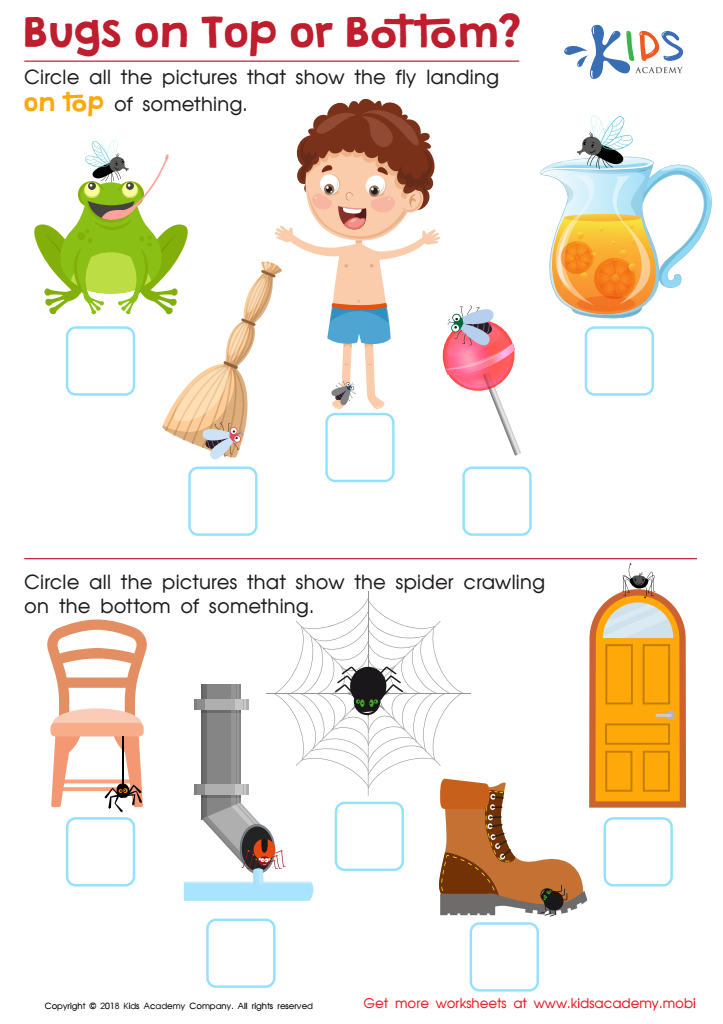

Bugs on Top or Bottom? Worksheet
Spatial reasoning refers to the ability to understand and remember the spatial relations among objects. For children aged 4-5, strong spatial reasoning skills provide numerous educational and developmental benefits that parents and teachers should significantly care about. Firstly, spatial reasoning is a fundamental building block for STEM (Science, Technology, Engineering, Mathematics) education. It enhances problem-solving and critical thinking skills, which are crucial for tackling complex concepts later in school.
Children who excel in spatial reasoning can better analyze shapes, sizes, and how different forms relate to each other. These abilities are directly linked to success in geometry, an essential aspect of mathematics. Furthermore, play-based activities fostering spatial awareness, like building blocks or puzzle games, nurture creativity and innovation in young minds.
Socially and emotionally, children with good spatial skills often display greater confidence and independence, facilitating smoother transitions to structured classrooms. From a practical standpoint, refined spatial reasoning helps with everyday tasks such as navigating spaces, tying shoes, or assembling toys.
Moreover, an early focus on spatial skills can identify learning difficulties early on, allowing timely interventions for children requiring additional support. Given these multifaceted advantages, fostering spatial reasoning in early childhood is not just about teaching geometry; it’s about laying a strong foundation for lifelong learning and personal development.
 Assign to My Students
Assign to My Students
